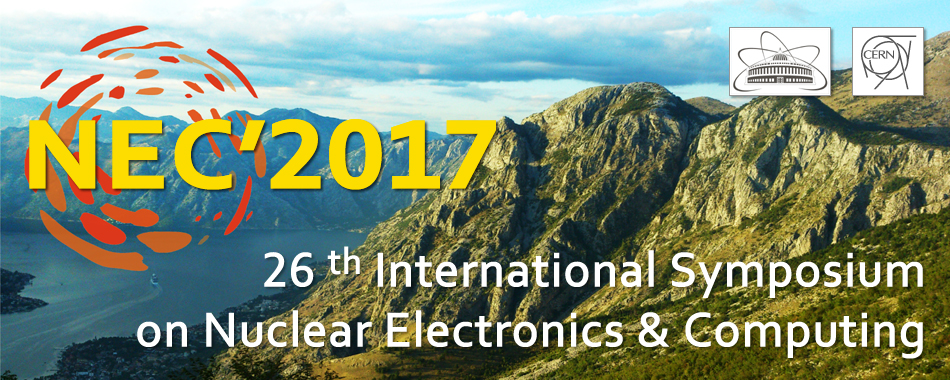Speaker
Savanna Shaw
(University of Manchester)
Description
The ATLAS trigger has been used very successfully for the online event
selection during the first part of the second LHC run (Run-2) in 2015/16
at a centre-of-mass energy of 13 TeV. The trigger system is composed of
a hardware Level-1 trigger and a software-based high-level trigger; it
reduces the event rate from the bunch-crossing rate of 40 MHz to an
average recording rate of about 1 kHz. The excellent performance of the
ATLAS trigger has been vital for the ATLAS physics program of Run-2,
selecting interesting collision events for wide variety of physics
signatures with high efficiency.
The trigger selection capabilities of ATLAS during Run-2 have been
significantly improved compared to Run-1, in order to cope with the
higher event rates and pile-up which are the result of the almost
doubling of the center-of-mass collision energy and the increase in the
instantaneous luminosity of the LHC. At the Level-1 trigger the
undertaken improvements resulted in more pile-up robust selection
efficiencies and event rates and in a reduction of fake candidate
particles. A new hardware system, designed to analyse event-topologies,
supports a more refined event selection at the Level-1. A hardware-based
high-rate track reconstruction, currently being commissioned, enables
the software trigger to make use of tracking information at the full
input rate. Together with a re-design of the high-level trigger to
deploy more offline-like reconstruction techniques, these changes
improve the performance of the trigger selection turn-on and efficiency
to nearly that of the offline reconstruction. In order to prepare for
the anticipated further luminosity increase of the LHC in 2017/18,
improving the trigger performance remains an ongoing endeavour. Thereby
coping with the large number of pile-up events is one of the most
prominent challenges.
This presentation gives a short review the ATLAS trigger system and
its performance in 2015/16 before describing the significant
improvements in selection sensitivity and pile-up robustness, which we
implemented in preparation for the expected highest ever luminosities
of the 2017/18 LHC.
Author
Savanna Shaw
(University of Manchester)

